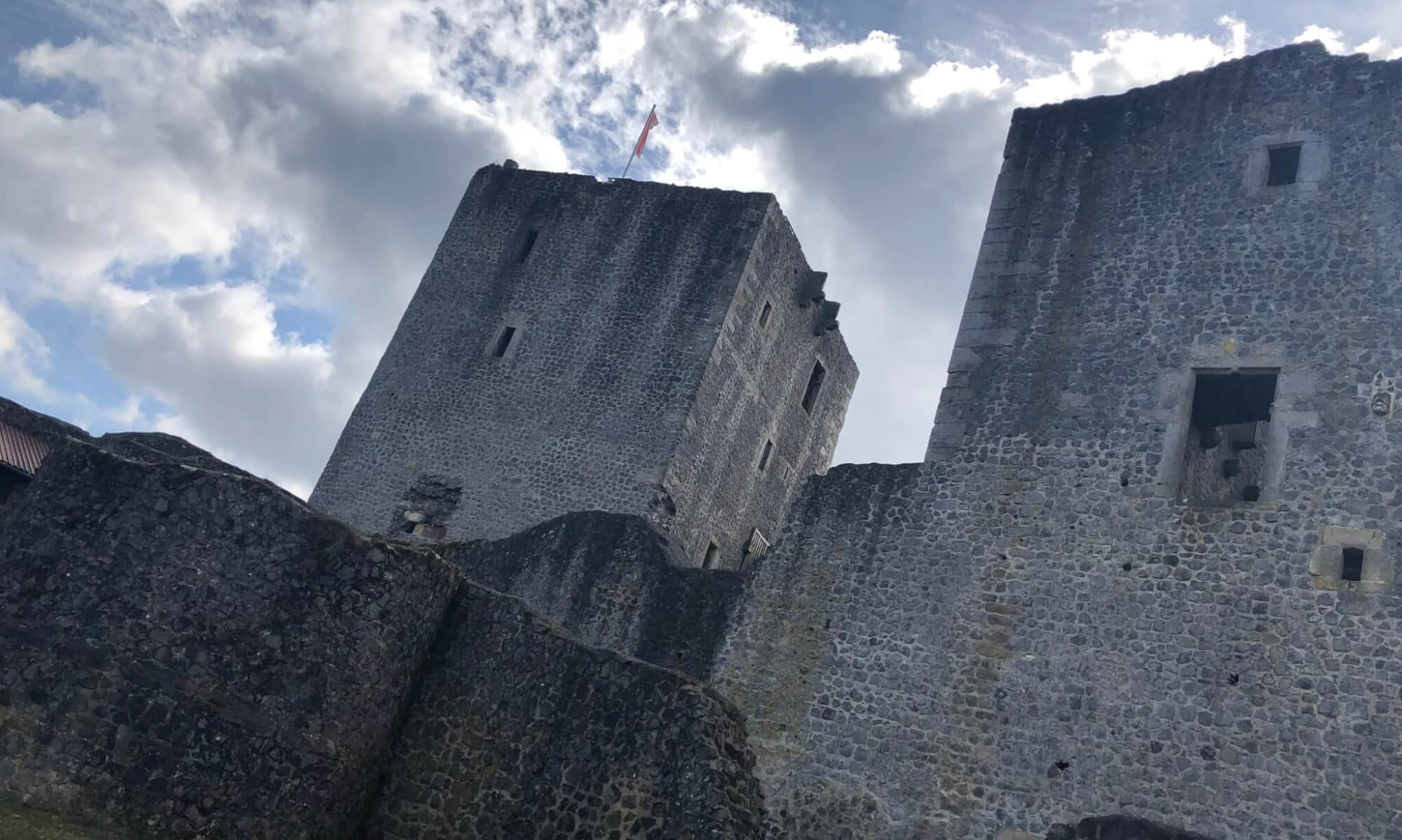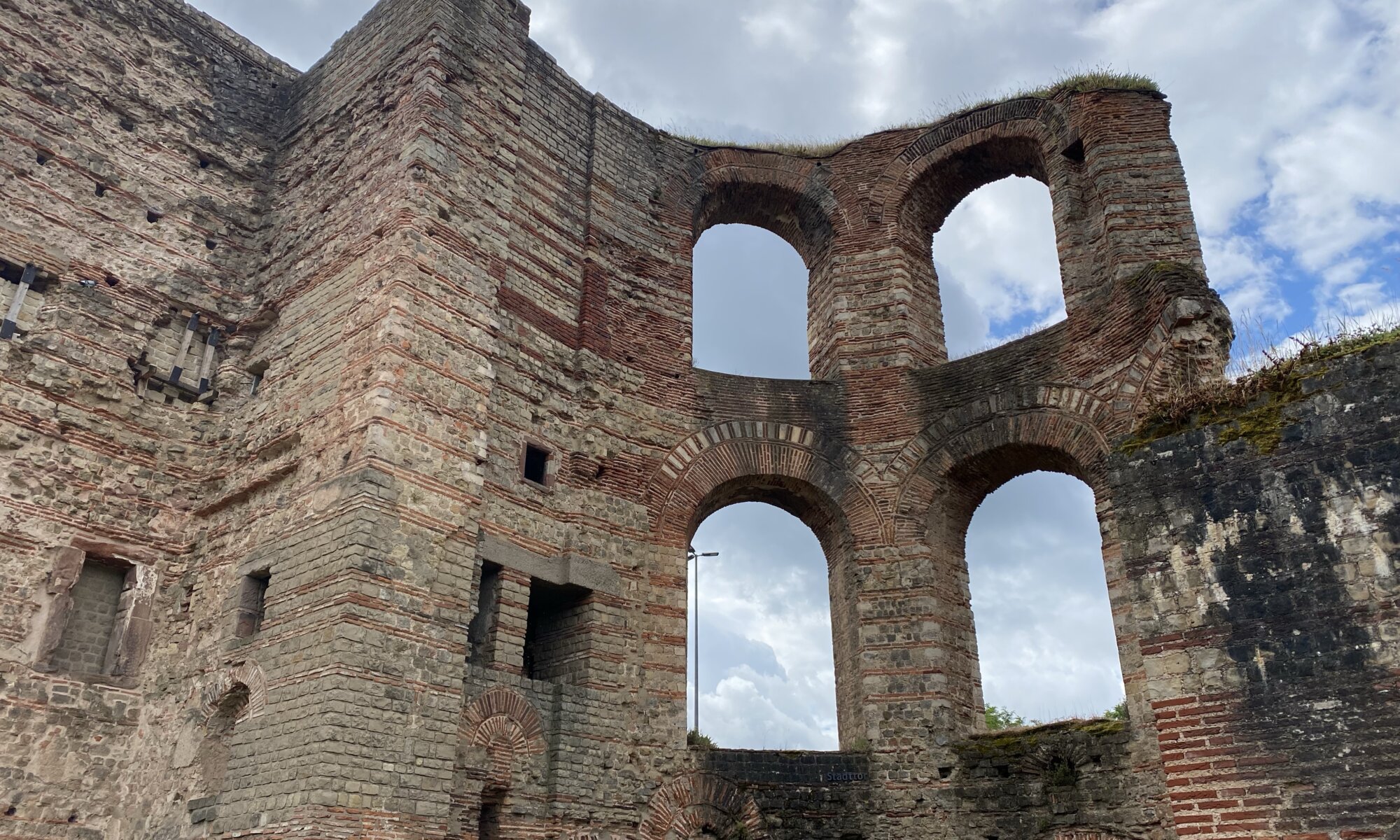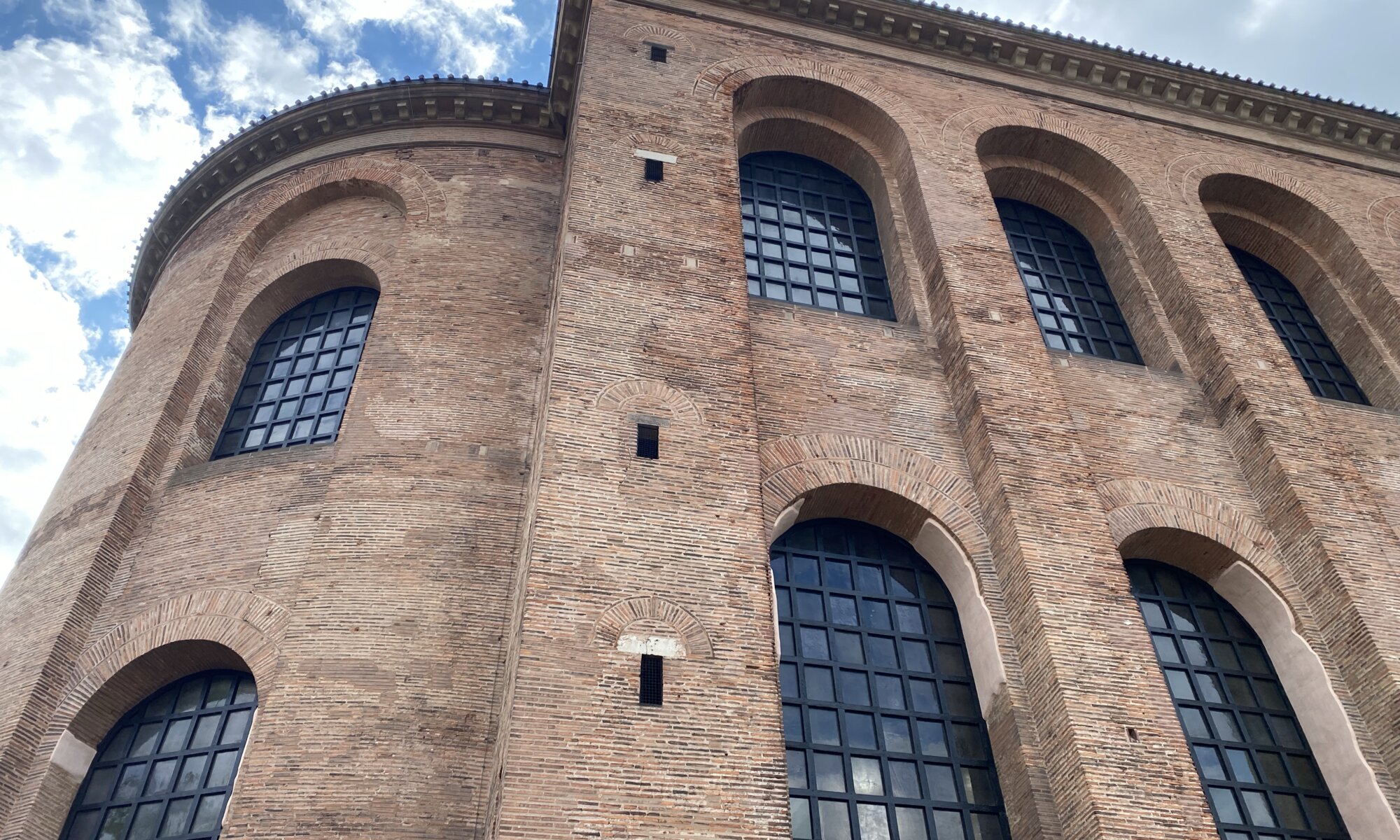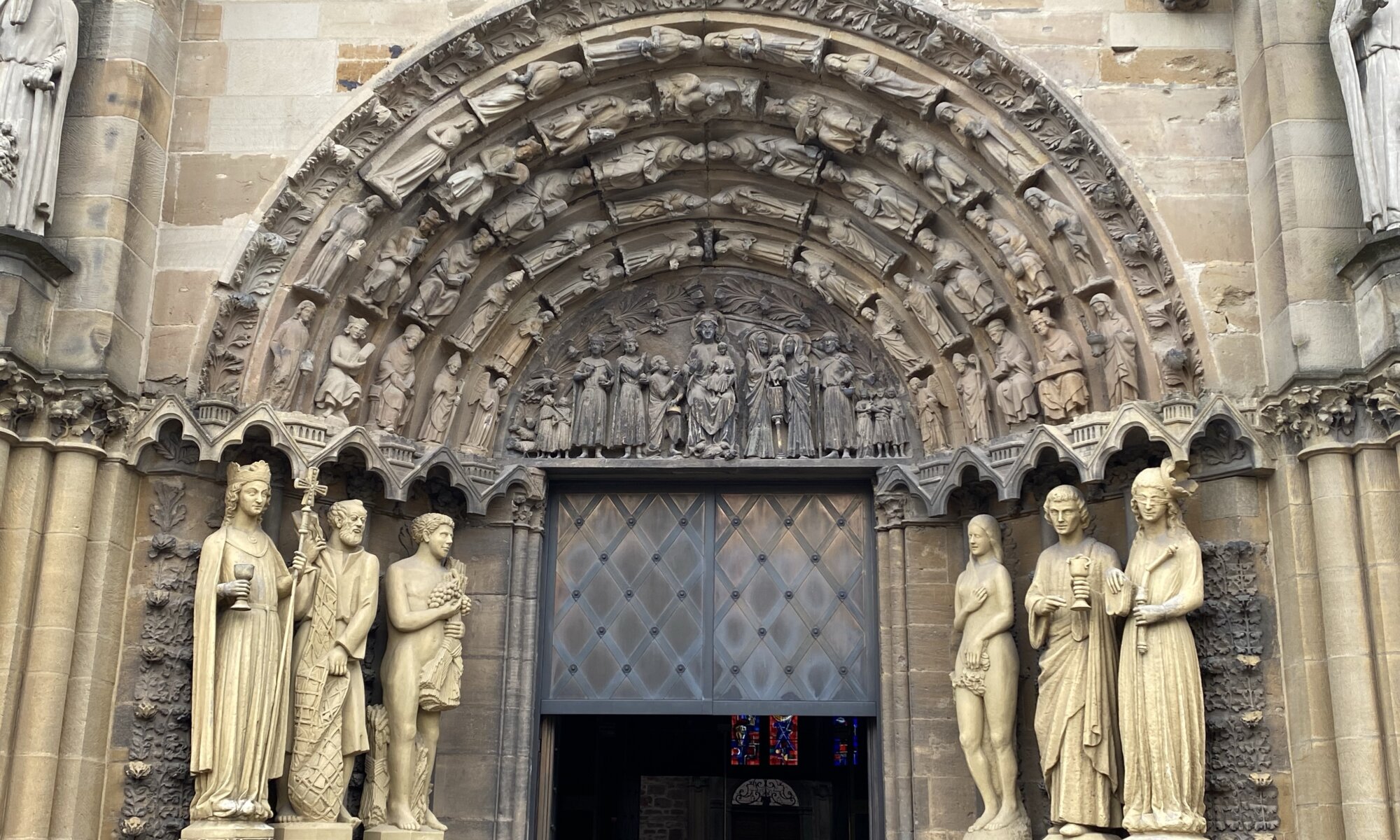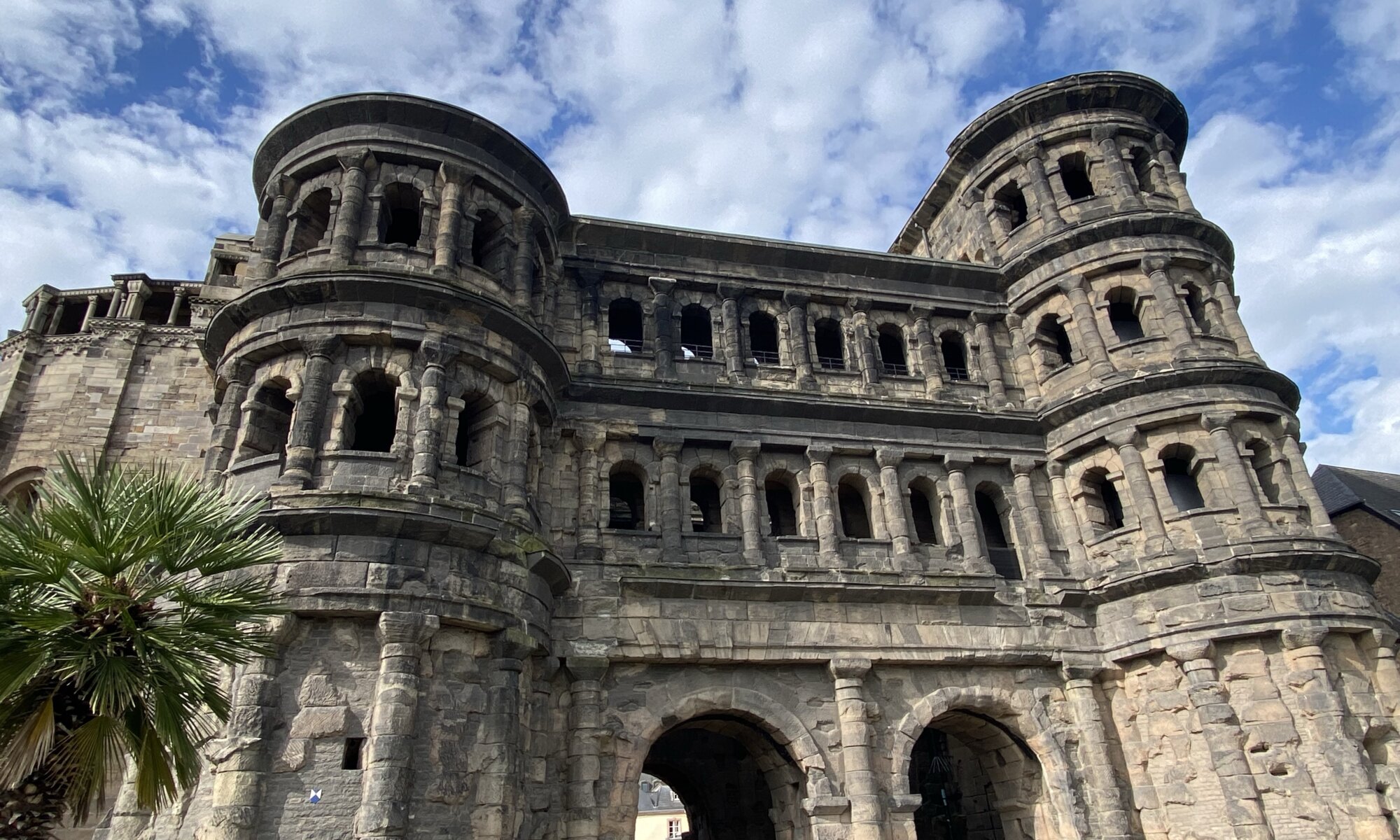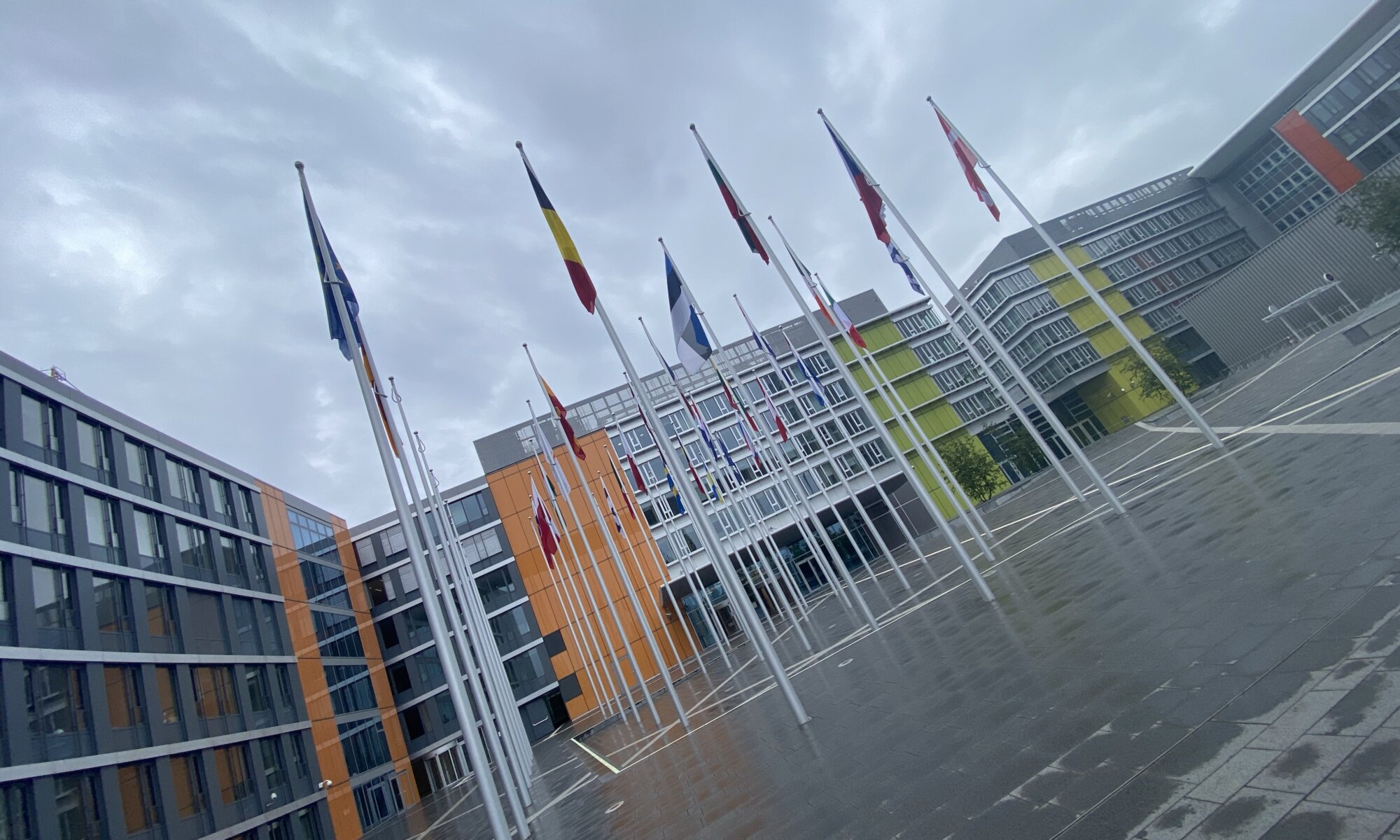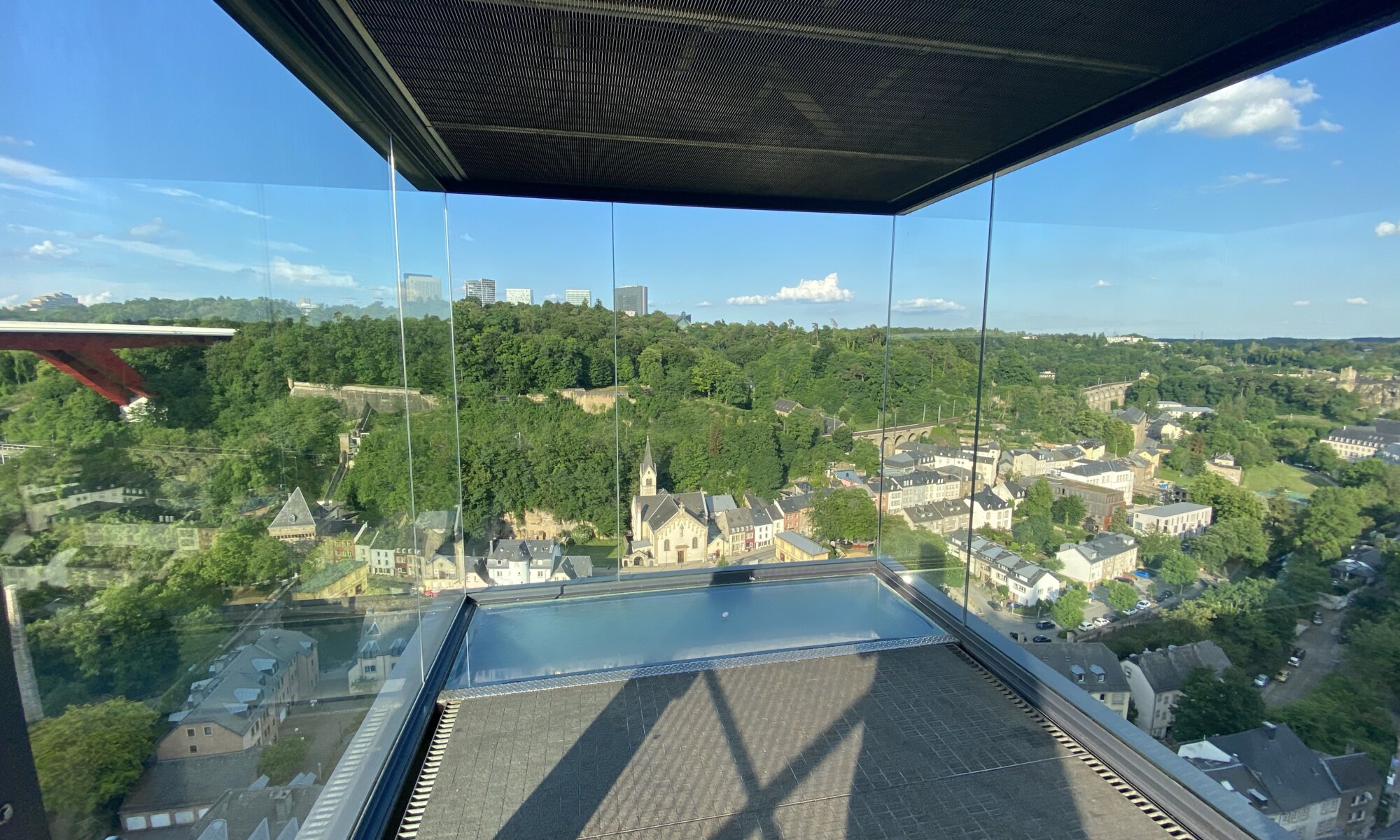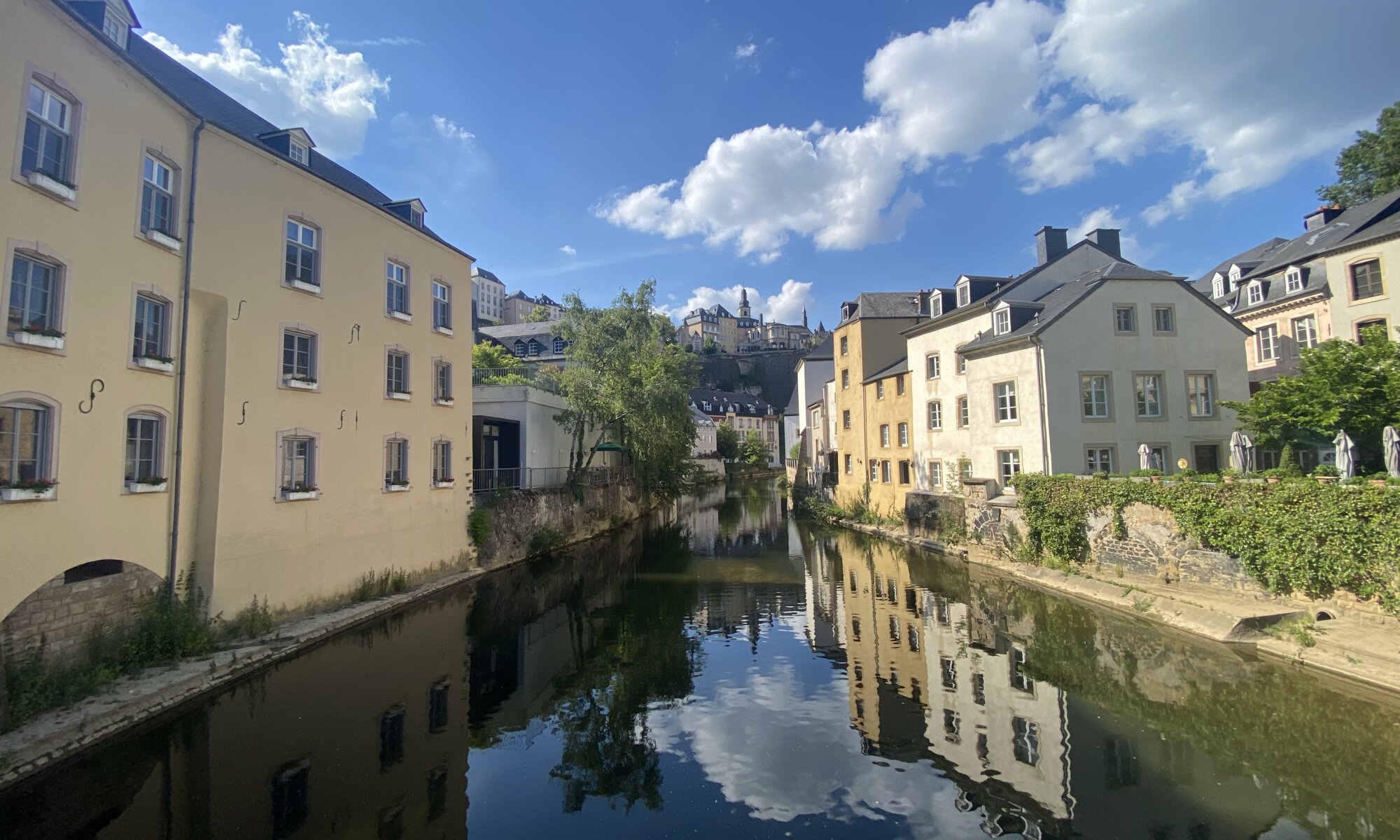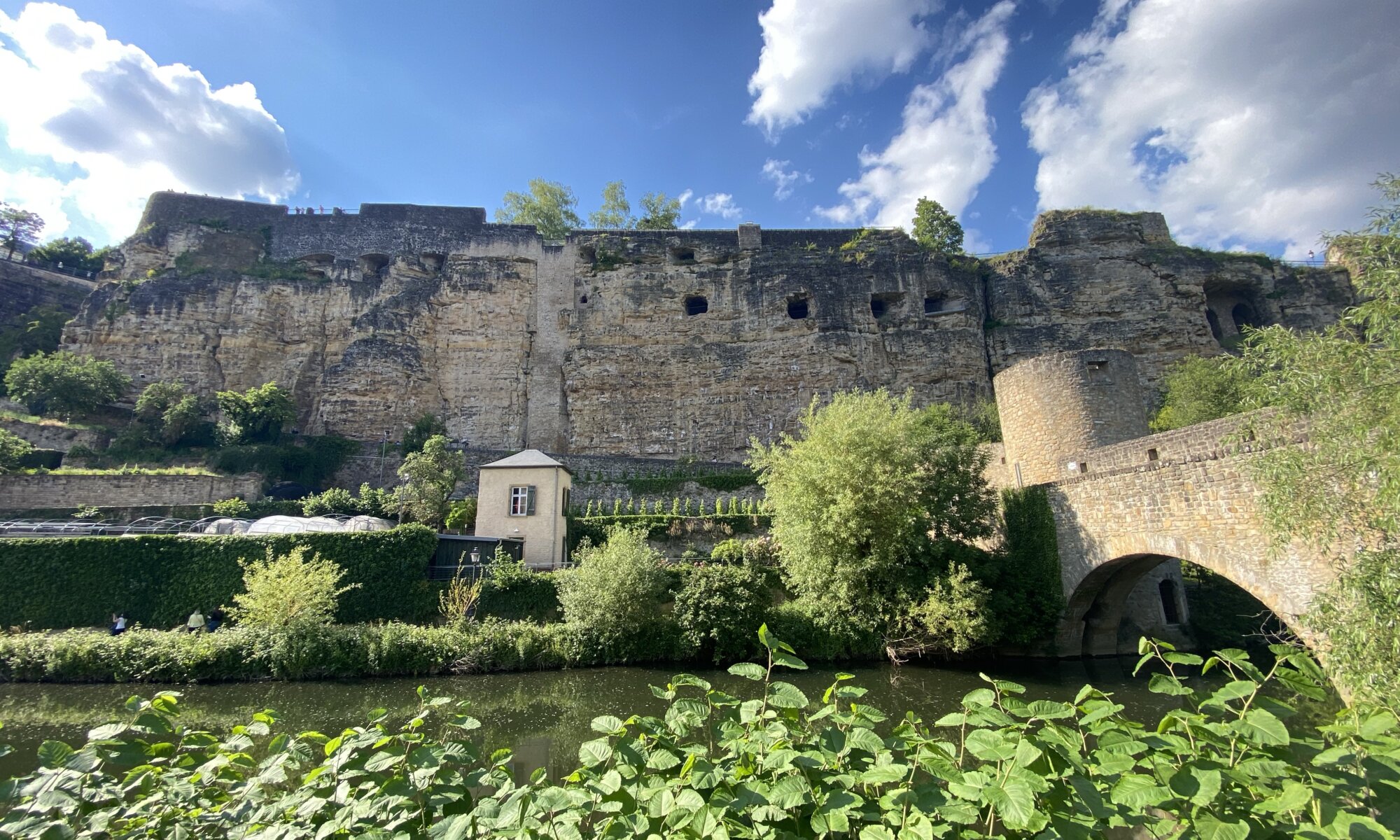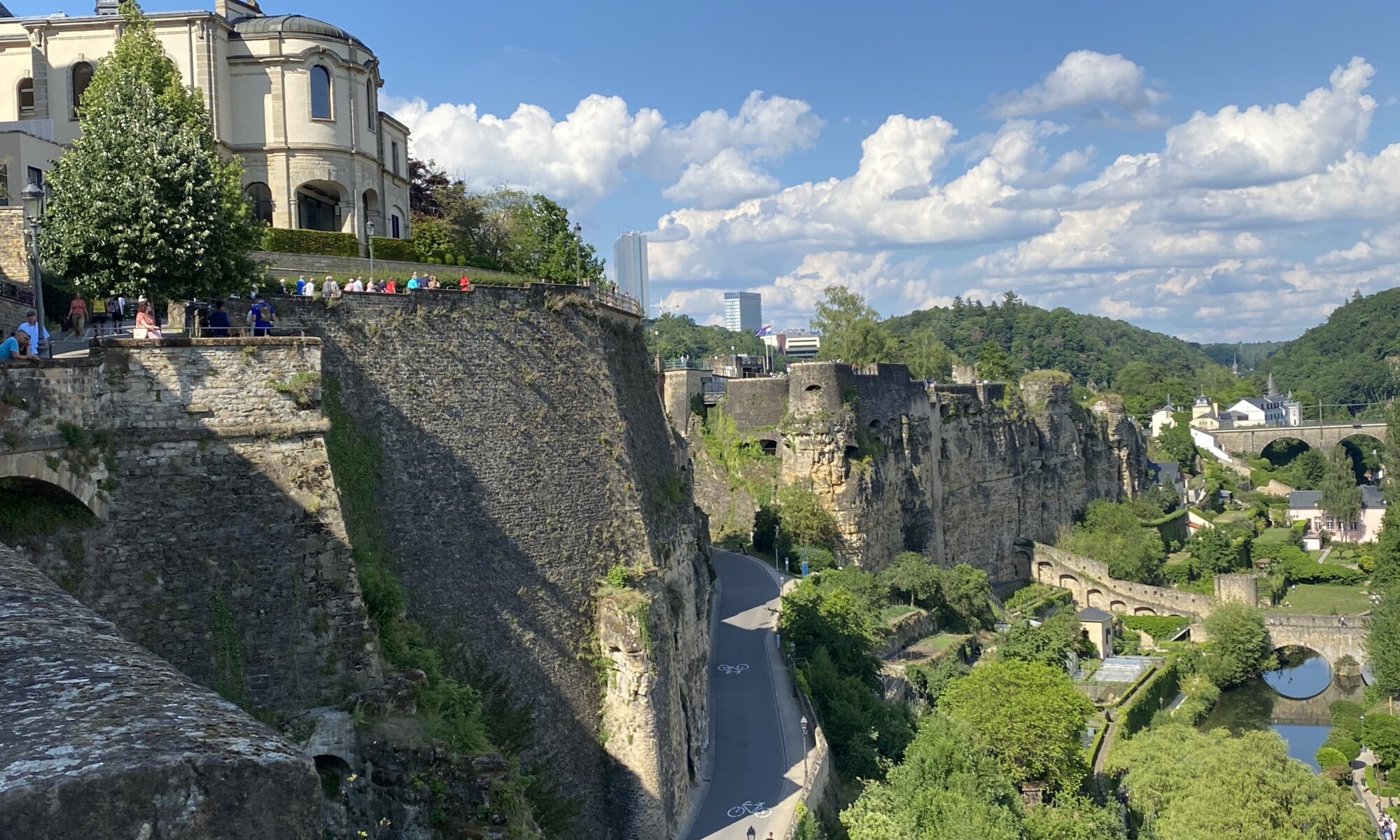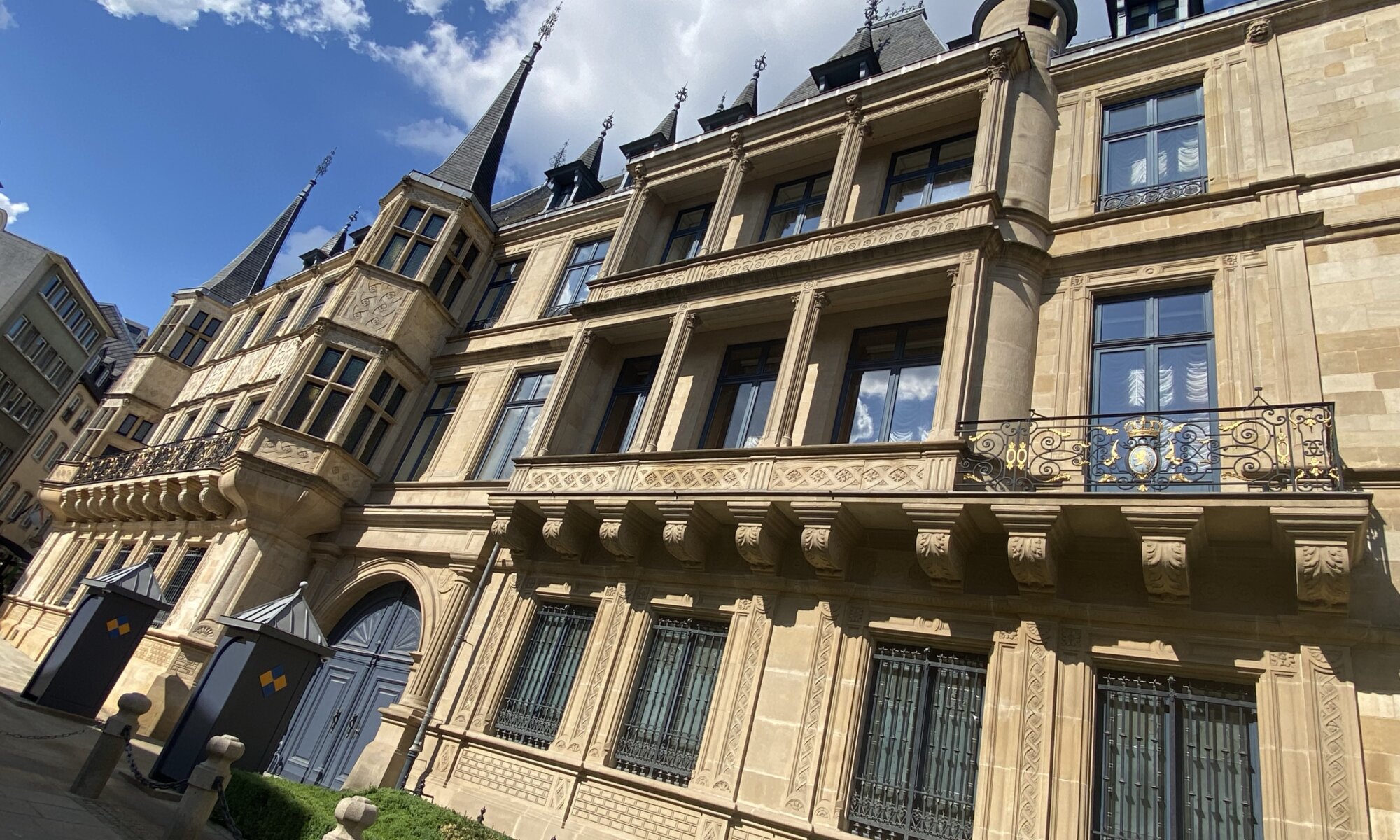One of the main sights of Trier are the Kaiserthermen: ancient roman baths. It is today mostly a ruin, but you can still see some arcs standing and walk through the underground tunnels that have been restored. What can still be seen is astonishing as the building dates back to the year 300 CE. It was used by the Romans as a public spa and also as a military ground.
Continue reading “Bathing with the emperor”Konstantinbasilika
The massive Konstantinbasilika at Trier is a special church. The architecture is plain, the walls are high and inside this house of prayer is mostly undecorated. When the Roman emperors used this place in the fourth century it was a hall for audiences.
Continue reading “Konstantinbasilika”Liebfrauenkirche & Dom
The Liebfrauenkirche of Trier is one of the oldest Gothic-style churches in Germany (together with the Elisabethkirche of Marburg). Therefore it is enlisted in the list of UNESCO world heritage sites and very well worth a visit! What might be confusing at first sight is that the cathedral of Trier and the Liebfrauenkirche (two separate churches) are directly connected to each other.
Continue reading “Liebfrauenkirche & Dom”Porta Nigra
The Porta Nigra is simply amazing: a decorated and well-preserved Roman city gate at Trier. You can enter the building and climb up three floors to enjoy the architecture and wonderful views on the city. The gate to the city Augusta Treverorum was built from the year 170 CE on, but it was never finished.
Continue reading “Porta Nigra”European quarter
Luxembourg is home to different European institutions: it is one of the seats of the European parliament, but also the court of justice, the court of auditors and the investment bank can be found there. These institutions are all located on the Kirchberg plateau northeast of the ancient city.
Continue reading “European quarter”Panoramic lift
Yes, it is only an elevator. But one that can trigger your fears and can give you wonderful views on Pfaffenthal and Kirchberg belonging to Lëtzebuerg. Whether you want to explore the lower city and the former fortifications or if you want to cross on foot over to the European Quarter, the lift saves you from climbing up the hill to the Uewerstad. It looks futuristic, needs around 30 seconds for a trip and was opened in 2016.
Continue reading “Panoramic lift”Alzette
The Alzette is a 73 kilometers long river starting in France and running through Luxembourg. Later the water is delivered via river Sauer into the river Mosel. At Lëtzebuerg the Alzette passes through the city quarters Grund and Pfaffenthal as a vital vein of the city. Especially in Grund (underneath the casemates) the river is beautifully integrated into the city.
Continue reading “Alzette”Casemates
As a part of the fortification system of Lëtzebuerg caves and tunnels were created inside the mountains in which the city is located. The first of these Kasematten have been built from the 17th century on. The length of this tunnel system reached around 23 kilometers and within 1,200 soldiers once had been placed.
Continue reading “Casemates”Chemin de la Corniche
People call the Chemin de la Corniche the most beautiful balcony of Europe. In the 17th century French and Spanish forces created protective walls on the mountains above the Alzette valley. Today you’ll find a nice path on top of these former walls which gives you marvelous views on the river valley underneath and the city quarter Grund.
Continue reading “Chemin de la Corniche”Groussherzogleche Palais
It’s maybe the most representative building of Lëtzebuerg: the Palais Grand-Ducal (or Groussherzogleche Palais). Today you will mostly just pass by and admire the building, unless you’re a fan of monarchy. The palace is the official residence of the grand duke of Luxembourg and the place where official state guests are welcomed.
Continue reading “Groussherzogleche Palais”